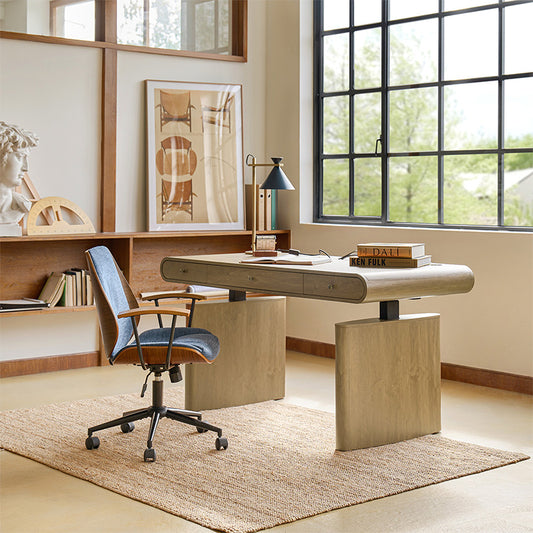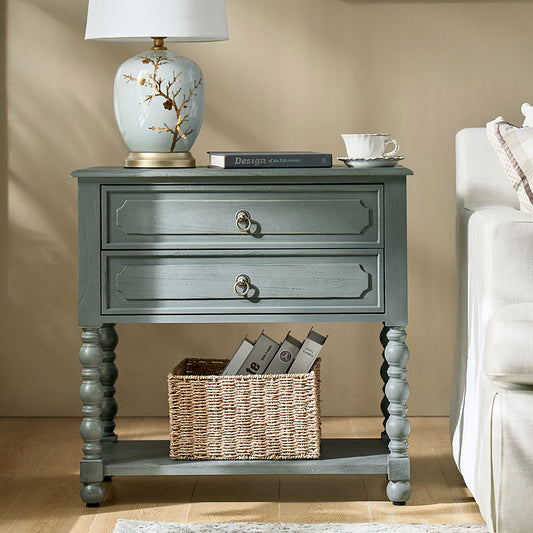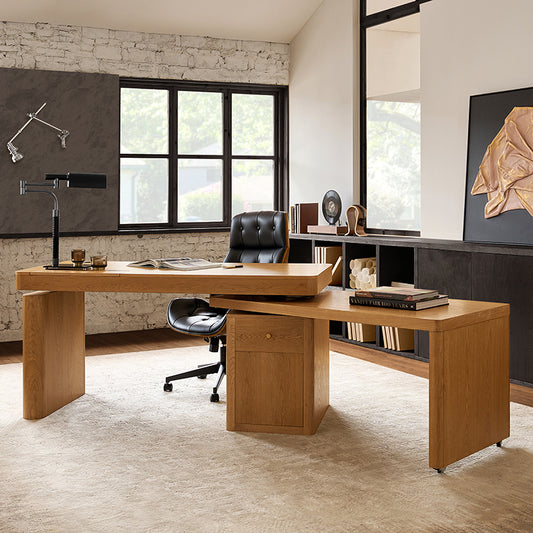How to Arrange Living Room Furniture in Small Space?

A small living room doesn’t mean compromising on functionality. Understanding your space limitations—and potential—can help you arrange your furniture efficiently.
Measuring Your Living Room Dimensions
Before selecting and arranging furniture, it’s essential to measure your living room. Accurate dimensions of the room and any permanent fixtures like windows and doorways are key to ensuring each piece of furniture fits and functions in the space. With measurements in hand, you can start planning the layout that best suits your needs.
Defining Your Main Functional Needs
Identify the primary purpose of your living room. Is it mainly for relaxation, entertaining, dining, or a combination? Knowing your main objectives for the space will guide you in choosing essential furniture pieces and arranging them to support these activities.
Opting for Multipurpose and Convertible Furniture
Multipurpose furniture is ideal for small spaces, as it can serve multiple functions. Look for pieces like sleeper sofas, ottomans with storage, and fold-out tables. Convertible furniture saves space and adds flexibility, allowing you to rearrange or reconfigure based on your needs.
Selecting Compact and Lightweight Furniture Pieces
Choose smaller-scale furniture that fits your room without making it feel cramped. Avoid oversized items; instead, look for slim, sleek, and modular designs that you can move around easily.
Finding the Ideal Sofa for a Small Living Room
A sofa is often the focal point of a living room. In small spaces, consider a loveseat, sectional with a low profile, or even a stylish futon. Sofas with hidden storage add function without taking up additional space.
Using the “Floating” Furniture Technique
One trick to make a small space feel larger is to "float" furniture away from the walls. By arranging your sofa or chairs a few inches from the walls or centering them in the room, you can create a more open and inviting look.
Creating Defined Zones Without Overcrowding
Dividing your living room into zones can help with organization and function. For example, designate one area for seating and another for media or storage. Use rugs, lighting, or room dividers to subtly define these zones without overwhelming the space.
Maximizing Space with Wall-Mounted Shelves
Wall-mounted shelves or floating shelves are ideal for adding storage and displaying decor without taking up floor space. Position these shelves strategically to keep the room organized and free of clutter, while also creating visual interest.
Using Mirrors to Reflect Light and Space
Mirrors are excellent for creating an illusion of depth. Place a mirror across from a window to reflect natural light, or use a large statement mirror as a focal point. This trick enhances brightness and makes the room feel larger.
Choosing Light Colors and Transparent Furniture
Light, neutral colors make a small space feel open and airy. Soft shades like beige, light gray, and pastel tones on the walls and furniture create a calming effect. Transparent or glass furniture pieces like coffee tables or shelving can also add elegance without visually occupying space.
Utilizing Vertical Space for Storage
If floor space is limited, think vertical! Tall shelving units or wall-mounted cabinets can store items without crowding the room. Consider placing these units behind the sofa or in unused corners to make the most of every inch.
Incorporating Hidden Storage Solutions
Furniture with hidden storage helps reduce clutter while keeping essentials within reach. Ottomans with storage, sofas with built-in compartments, and coffee tables with drawers or shelves are excellent choices for keeping your living room tidy.
Adding Greenery and Small Plants
Plants bring life, color, and freshness to a room. Choose small, easy-care plants or hang a few planters if floor space is limited. Vertical gardens or small wall-mounted planters are excellent options for a natural touch without taking up space.
Using Textiles to Define Zones and Add Comfort
Textiles like rugs, curtains, and throw blankets add warmth and can help define different zones within the room. Use area rugs to anchor your seating area, and add cushions or blankets to create a cozy and inviting atmosphere.
FAQs
What furniture is best for a small living room?
For small living rooms, opt for multifunctional furniture like sofas with storage, foldable tables, and lightweight chairs. Choose compact and sleek designs to avoid overcrowding.
How can I maximize seating without overcrowding?
In small spaces, consider modular seating, stools, or ottomans that double as seating. Floor cushions are also a versatile and space-saving option.
What colors make a small room look bigger?
Light, neutral shades like white, beige, and pastels make a room feel larger. Adding pops of color through accessories keeps it lively without overwhelming the space.
Are sectional sofas suitable for small spaces?
Yes, but choose smaller sectionals with a low back or modular design. Some sectionals can be rearranged to suit the layout, adding flexibility in tight spaces.
How do I arrange furniture to create an open flow?
Use the “floating” technique by placing furniture a few inches away from walls, and keep the middle of the room clear. Arrange seating to create conversation zones without blocking pathways.
What are some storage tips for small living rooms?
Use vertical storage, multipurpose furniture, and hidden compartments to keep essentials organized. Wall-mounted shelves and floating furniture also free up floor space.



























No comments